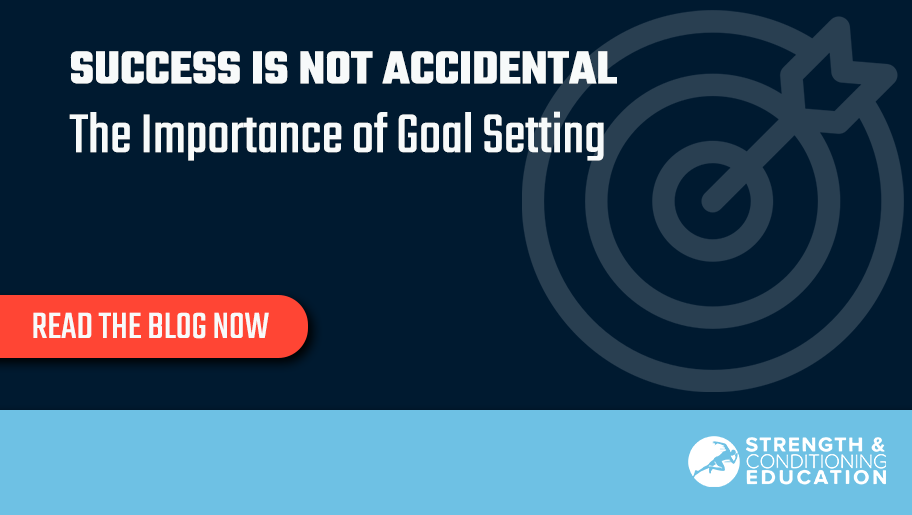In the field of strength and conditioning, success is not accidental—it is intentional and structured.
A cornerstone of this intention is setting goals. The ability to set clear, actionable goals is of critical importance for both the student and the practitioner concerning personal development, athletic performance, and long-term professional success. This blog will further outline why goal setting is essential in strength and conditioning education and how it benefits aspiring coaches and the athletes they serve.
Clearly Determine Directions
Setting goals in strength and conditioning education is like mapping a path to success. Without established goals, it is very easy to lose focus or get overwhelmed by the depth of knowledge needed for this dynamic field. Goals will allow the student or coach to centre learning efforts on mastering key concepts in the field of strength and conditioning. For example, a student may want to comprehend the principles of periodisation within one month. With such a focus, one can adequately narrow their studying, seek out sources, and measure progress.
Enhancement of Motivation and Determination
A career path in strength and conditioning is challenging and, therefore, requires persistence. Intrinsic motivation is developed when students and professionals establish realistic and important goals for themselves. Goals give direction to their behaviour and a reason to fight through the tough moments, whether those are in the classroom, when designing programmes, or on the gym floor.
Consider a student who wants to become a qualified strength and conditioning coach. Such a broad goal can be broken down into smaller, more manageable goals—like studying one chapter per week on a course that has been designed to qualify coaches.
Our Strength and Conditioning Education Course Recommendations:
strengthandconditioningeducation.com/level-4-strength-and-conditioning-courses/
strengthandconditioningeducation.com/s-and-c-fundamentals/
Measurable Progress
Strength and conditioning education highly values evidence-based practices, including personal and professional development. In this respect, students can measure their progress toward their goals by determining whether efforts lead to desired outcomes. When there are no clear goals, it’s hard to assess whether efforts are leading to desired outcomes.
For example, a learner may want to improve their knowledge of Olympic lifting techniques. Over time, they can make judgments and adjust their practice by regularly reviewing video feedback of their lifts, talking to mentors, and revisiting education resources.
Accountability
Accountability is one of the aspects that make strength and conditioning vital. Goals set astandard against which performance can be measured, therefore, making individuals responsible for their actions. In the case of either an individual or a team, clear objectives will keep everyone on track
Use the SMART Framework
The SMART framework is helpful because it provides a structured and practical approach to goal-setting that maximises your chances of success. Ensure your goals are:
Specific: Clearly define what you want to achieve.
Measurable: Include criteria to measure progress.
Achievable: Set goals that stretch you but remain realistic.
Relevant: Align your goals with your broader life or career vision.
Time-Bound: Attach a deadline to create urgency.
Take a minute to think about your goals as we start 2025… Is there something you’ve wanted to achieve but you’ve just kept putting it off? With a structured and motivated approach, anything is possible when you put your mind to it.
